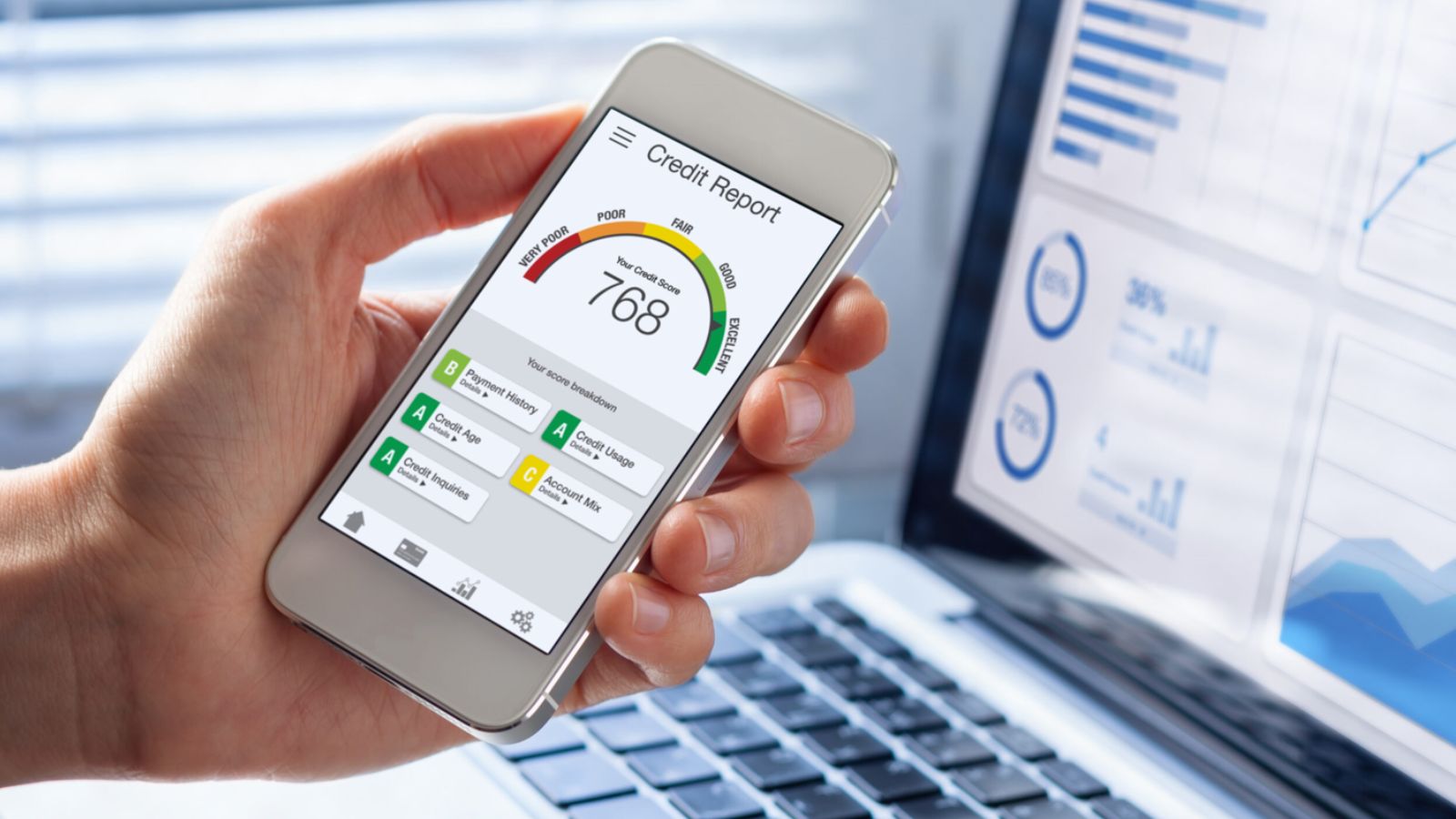If you’re above the age of 30 and you walk into a store to look around and observe how things are compared to how they used to be, you see that so much has changed in retail. In fact, it’s almost as if traditional retail as it were is going into extinction. In our article, we’ll be talking about the many reasons for this trend.
Changing Shopping Habits

These days, shoppers now expect a seamless and integrated shopping experience across multiple platforms, meaning that they can shop at all of their favorite brands in a one-stop shop. While the department stores of the past did sort of provide this, it’s nothing compared to the multi-brand experience of online shopping, something that we’ve not gotten used to, leaving traditional retail in the dust.
Impact of Technology

Even those of us who have decided to continue shopping at retail stores notice a decline, and this is partly because of how technology has changed how we shop, even in person. We now want automated checkout systems, personalized marketing, and mobile payment options, and sadly, old-fashioned stores just aren’t able to keep up with this.
Urbanization and Lifestyle Changes

There’s no denying that most of us still do some of our shopping in physical retail stores, but due to urbanization and changes in our lifestyle, it’s rare for us to stop by lots of independent businesses anymore. People now opt for the convenience of shopping centers instead, which can cater to their busy schedules and need for quick, efficient service. Sadly, this has left standalone stores without customers.
Shifting Consumer Preferences

As Supermarket News reports, modern consumers favor convenience and speed over customer service these days, often opting for online shopping over physical stores. Unfortunately, we’re just not used to having limited items in stock, expensive prices, and having to physically shop for ourselves. Times are clearly changing, as are our consumer preferences, leading to the slow and unfortunate death of traditional retail.
E-commerce Dominance

The main driver behind traditional retail falling behind is the convenience of E-commerce giants. They have completely reshaped retail landscapes by providing extensive selections and competitive pricing. At any time of the day (or night), you can log on and purchase an obscure item and have it delivered to you within 24 hours, which is insane. Sadly, though, this has come at the cost of retail shopping.
Rising Operational Costs

In order to operate a physical store, owners must spend a lot of cash on expenses including rent, utilities, and staffing. Sadly, these costs are inflating, putting immense pressure on traditional retailers and making it increasingly difficult to sustain profitable operations without cutting corners or increasing prices. This is especially true considering that with an online store, most of these costs don’t apply.
Reduced Consumer Spending

Everything is getting increasingly expensive with inflation, leading to more cautious consumer spending all around the country. Traditional retailers are particularly vulnerable during economic downturns, as careful spending drops and consumers prioritize essential goods and services, often available at lower prices online. As you can imagine, this is causing serious problems in today’s cost-of-living crisis.
Supply Chain Disruptions

Due to the pandemic, limited resources, and other complicated issues, global supply chain disruptions have significantly impacted traditional retail. Delays and shortages make it difficult for physical stores to maintain their inventory, especially when it comes to tech goods, as, unfortunately, online retailers normally jump the queue, presenting unfair competition.
Competition from Discount Stores

To make matters worse for traditional retail, they’re even facing competition from modern retail equivalents, such as discount stores and outlets. These brick-and-mortar stores have intensified competition significantly, offering incredibly low prices that traditional retailers struggle to match. This has driven price-sensitive consumers away from mid-tier retailers towards more affordable options, leaving a serious gap in the consumer market.
Evolution of Payment Methods

Back in the day, everything we bought was from cash, but now, we have cards, contactless, and mobile payments, with new methods appearing all the time. While it’s certainly streamlined our shopping, traditional retailers lag in adopting these technologies, resulting in a slower, less efficient shopping experience for customers, which is slowly pushing them away.
Environmental Concerns

Believe it or not, the decline of traditional retail is partially because of the world’s increase in environmental awareness. A large percentage of consumers are now seeking sustainable options, such as transparent company cultures, eco-friendly products, and recycled options. Unfortunately, this is something that the world of retail has yet to catch up with, pushing away the enormous market of Gen Z.
Brand Loyalty Decline

In the past, everyone had a favorite shop, and they’d stop by all the time, showing their loyalty. Sadly, this culture has long since been dwindling, with brands having to use loyalty cards to retain their customers. Even that has stopped working, with online shopping making even the most loyal of customers get tempted by the cheaper prices and convenience.
Marketing Challenges

Working in the marketing industry has never been more difficult; everyone wants personalized ads now, even boomers, meaning that companies essentially need a different marketing campaign for every generation if they want to succeed. As you can imagine, even some of the biggest companies are struggling to keep up with all this, leaving only the most tech-savvy companies with serious social media presence to survive.
Impact of Reviews and Ratings

While online customer reviews are nothing new for retail, people have started to take them a lot more seriously. Poor ratings significantly influence purchasing decisions, and sadly, traditional retailers often lack robust platforms for customer feedback, placing them at a disadvantage compared to other sites. Tragically, it’s yet another case of technology leaving the pioneers behind.
Store Closures

Walk down your local highstreet these days, and it can be a depressing site to behold. Countless traditional stores have closed due to declining sales and financial struggles, leaving stores boarded up. These closures not only reduce physical shopping options but also make high-street shopping a less vibrant experience, leading even more people to head online.
Shifts in Workforce Dynamics

As retail jobs have changed with technology, many traditional roles have become obsolete due to automation and digital processes. This shift has led to a reduction in the need for in-store staff, pick-and-packers, and even quality assurance teams, greatly impacting employment opportunities and altering the retail workforce landscape completely.
Experience Over Products

One of the more positive changes that the world has seen in terms of shopping is how modern consumers value experiences more than products nowadays. Consumerism is finally dying down, which is great for the environment but, sadly, bad for traditional retailers. Unless they can start to tap into this market, they’re likely to join other companies that have already called it quits.
Changing Demographics

The ultimate sobering truth about the decline of traditional retail is that, for better or worse, demographics are changing in retail, including aging populations and the rise of younger, tech-savvy consumers. It’s completely transformed the industry, and, unfortunately, the only retailers that seem to be adapting fast enough are those online.

